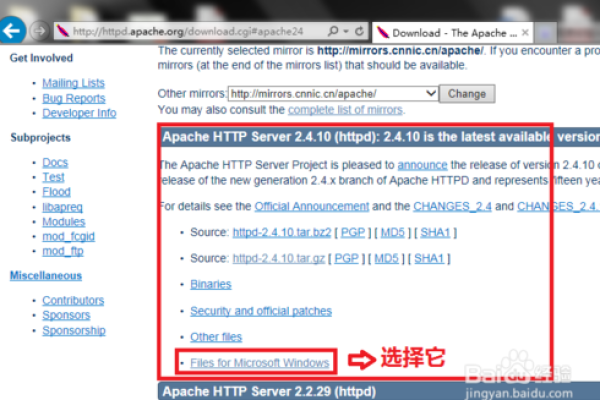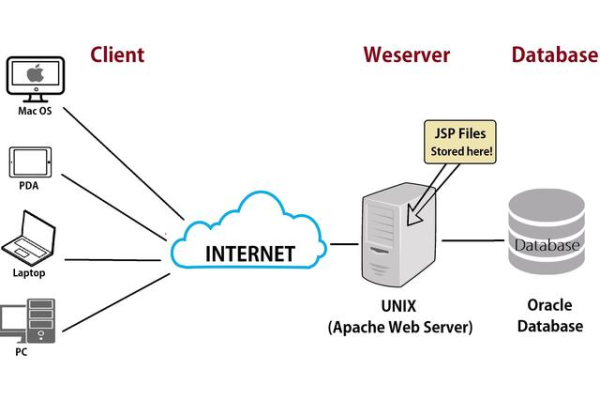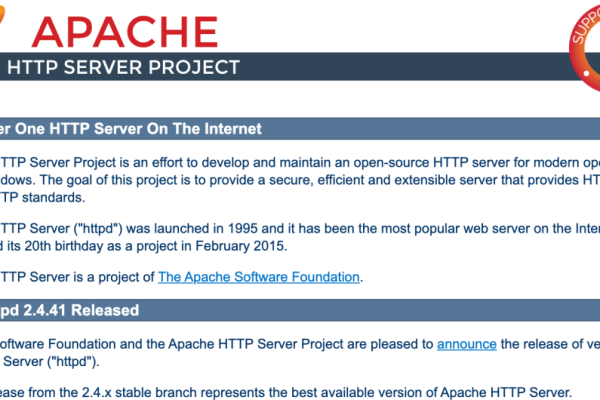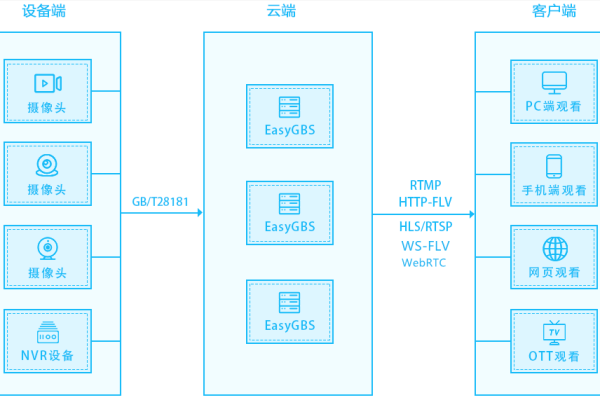服务器上的apache在哪
- 行业动态
- 2025-02-22
- 7
/etc/httpd(CentOS等)或
/etc/apache2(Ubuntu等)目录下,具体路径可能因系统和安装方式而异。
Apache服务器的根目录位置因操作系统不同而有所差异,以下是详细内容:
一、Linux系统
1、常见位置:在常见的Linux操作系统中,Apache服务器的根目录通常位于“/var/www/html”目录下,这是大多数Linux发行版默认安装和配置Apache时使用的目录。
2、配置文件位置:主配置文件一般位于“/etc/httpd/conf/httpd.conf”或“/etc/apache2/apache2.conf”,具体路径可能因Linux发行版的不同而有所差异。
3、查找方法:可以通过命令行工具输入“grep -i listen /etc/httpd/conf/httpd.conf”(基于Red Hat的系统)或“grep -i listen /etc/apache2/apache2.conf”(基于Debian的系统)来查找配置文件中的“listen”指令,从而确定正在使用的配置文件。

4、修改根目录:通过编辑配置文件,可以找到“DocumentRoot”的指令,并将其值更改为希望的新根目录路径,保存修改后的文件,并重新启动Apache服务器即可生效。
二、Windows系统
1、常见位置:默认的Apache服务器根目录通常位于“C:Program FilesApache GroupApachehtdocs”目录下。
2、配置文件位置:一般位于“C:Program FilesApache GroupApacheconf”目录,并找到“httpd.conf”文件。

3、查找方法:可以通过查看服务列表、进程列表、安装目录、网络端口和配置文件等途径来判断电脑上是否安装了Apache服务器。
4、修改根目录:使用文本编辑器打开“httpd.conf”文件,查找“DocumentRoot”配置项,并修改其后面的路径为新的根目录路径,保存修改后的文件,并重新启动Apache服务器。
三、其他相关目录和文件
1、重要目录:除了根目录外,还有一些与Apache服务器相关的重要目录,如“/etc/httpd/”是Apache服务器的根目录,“/var/log/httpd/”用于保存Apache服务器的日志文件,包括访问日志文件“access_log”和错误日志文件“error_log”。

2、配置文件:还有如“/etc/httpd/conf.d/”或“/etc/apache2/sites-available/”目录下存放每个虚拟主机的配置文件,“/etc/httpd/conf.modules.d/”或“/etc/apache2/mods-available/”目录下存放Apache模块的配置文件,以及“/etc/httpd/conf.d/”目录下或“/etc/apache2/mods-enabled/”目录下用于控制访问和用户认证的配置文件。
无论是在Linux还是Windows系统中,Apache服务器的根目录都是存储网站或应用程序文件的关键位置,通过正确配置和管理这些目录及文件,可以确保Apache服务器的稳定运行和高效服务。







